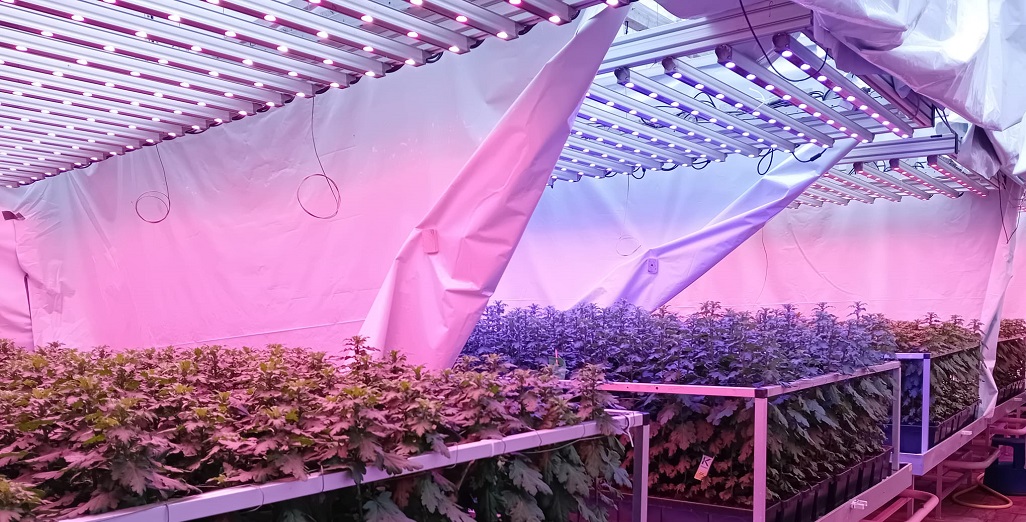Sign up here to subscribe to the Grower2grower Ezine. Every two weeks you will receive new articles, specific to the protected cropping industry, informing you of industry news and events straight to your inbox.
Nov 2020
Best of 2020 – Who Still Believes in the Pre-Night Drop and Morning Dip?
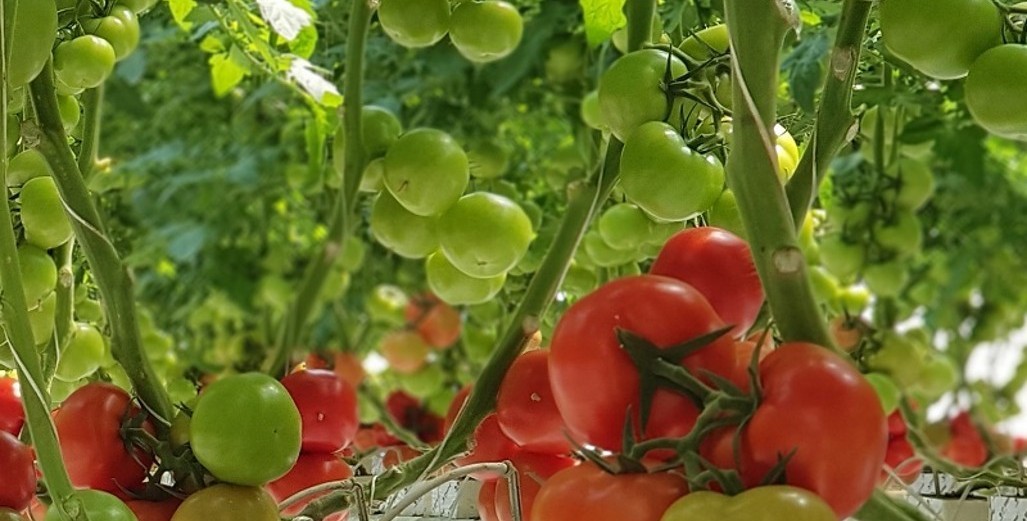
Best of 2020:
Theory challenged by hard facts
Introduced about two and a half decades ago, the idea of using a sharp temperature drop to encourage fruit production is still a source of contention.
By Jan Voogt
Environmental Control:
.jpg)
FIGURE 1 – This graph shows an example of a typical pre-night drop strategy. Temperatures are decreased swiftly in the afternoon and after sunset (black arrows). (Red = greenhouse temperature; Blue = RH % (left hand axis, value x 10); Brown = outdoor temperature; Yellow = solar radiation W/m2)
As a teacher of the “HNT (Het Nieuwe Telen) Learning Groups”, an educational program where Dutch growers are taught the principles of Next Generation Growing / Plant Empowerment, I am frequently asked whether I am in favour of the pre-night drop (PND) and morning dip (MD).
As I recall, the idea of the pre-night drop in tomato cultivation popped up in The Netherlands about 25 years ago. At the end of the afternoon, the temperature in the greenhouse had to be lowered considerably in one rapid motion – the faster the drop in temperature, the better. It was believed that this pushes the assimilates towards warmer fruits, so they become bigger. Besides, it was assumed to promote strong plant heads and trusses.
However, there have been questions from the beginning as to whether this hypothesis is correct. I still remember how one renowned crop adviser argued, that after a sunny day, you should allow the plant to process the assimilates produced during the day; however, the pre-night drop would make this more difficult. This adviser published yield figures of growers who used the pre-night drop and of growers who didn’t apply it. Although there was no noticeable effect of PND, it did not help to support his case. It was like crying in a desert.
More recently, the idea of the so-called morning dip arose, which is very commonly applied as well. After a night under a closed or non-closed energy screen, you should theoretically let the greenhouse temperature make a short dip. This is supposed to promote strong, short trusses. Both the PND and the MD are widely considered to be generative actions and form the basic tools of any serious tomato grower and crop consultant. There have been no discussions about this for a long period of time.
.jpg)
FIGURE 2 – This graph shows an example of a typical morning dip strategy. In the morning, just before sunrise, after a slow warming up, the temperature makes a short dip (red arrows). Here, it is also shown that during the PND (black arrows) the greenhouse temperature is reduced to the level of outdoor temperatures, which requires the vents to be opened to 100%. (Red = Greenhouse temperature, Blue = RH % (Left hand axis, value x 10), Brown = Outdoor temperature, Yellow = Solar radiation W/m2)
Considering Plant Empowerment
We have been reconsidering both hypotheses in light of the principles of Growing by Plant Empowerment (GPE). Again, considerable doubts arose. Warmer parts of the plant can attract more assimilates, but colder leaves also release the formed assimilates more slowly. So, with quick cooling during the pre-night period, wouldn’t you shoot yourself in the foot? Moreover, this stagnates the supply of nutrients, including calcium, to the growth point. Wouldn’t this increase the risks of, for instance, blossom end-rot and tip-burn? A rapid build-up of root pressure can also cause guttation. And after preparing the crop for the day with a slow warm up, what does a morning dip do to the activity of the plant? Which runner would take a cold shower after his warm-up exercises, just before starting the race?
Data from WUR research
In response to these doubts and questions, Wageningen University & Research (WUR) conducted an extensive study into the effects of temperature treatments on greenhouse crops. The results were published in a 2012 report called ‘Temperature strategies in conditioned greenhouses, Effects on growth, development and underlying processes in tomato’ (Report GTB-1123, available in Dutch on the website www.kasalsenergiebron.nl). In short, all three hypotheses considered to be the basis for PND and MD have been proven incorrect in this study:
- A pre-night drop does not increase the transport of assimilates to the fruits and does not increase fruit weight;
- Plant cell elongation cannot be influenced by a temperature strategy such as PND and MD;
- Most of the cell elongation does not take place in the morning but in the evening.
These findings coincide with the principles of GPE which advocate for, among other things, keeping the screen closed for longer at the start of the day and closing the screen earlier (to 80%) at the end of the day. This helps protect the plants against the negative effects of heat emission by longwave radiation. This screening method also ensures better moisture control and effective use of free energy from the sun.
New experiences
These new insights on PND and MD have been slowly implemented in practice throughout the last ten years. Fortunately, there are now sensors which provide increasing evidence to support this with hard facts. Total plant weight measurements demonstrate that a PND slows down growth substantially. Thermographic images show that MD can lead to more water stress when the sun’s radiation becomes intense. More and more growers tell me that they have gradually abandoned their familiar PND and MD strategies only to see positive results occur, including healthy growth at the plant heads, good fruit set, and strong trusses. In the meantime, they have learned that the desired crop development (generative/vegetative) can be achieved more easily by maintaining a steady ratio between the 24-hour temperature and the light sum on a daily basis, and by controlling the plant load. This stabilises the assimilates balance and affects almost all plant processes, including the health of the plant in a positive way.
Believers and non-believers
What concerns me now is that these growers sometimes tell me in confidence that they hardly dare to share this information with their colleagues. They seem to think that, if your opinion differs from the rest of the group or if you question the advice of a well-known crop specialist, you will be considered a non-believer or shunned, and you will no longer be taken seriously. That feels very uncomfortable, and not uncommonly, growers will return to the old methods under this peer pressure. One would almost think that PND and MD are a part of some belief system. Everyone can, of course, have their own opinions, which is always food for thought and good for discussion. But if you are no longer open to new facts and insights, then development stagnates. And, as Dutch growers often say, “standing still is moving backwards.”
Autonomous Greenhouse Challenge 2020 – Tomatoes
Recently, the world learned how the “Automatoes” team won the Autonomous Greenhouse Challenge, which was organised by WUR this past spring. Surprisingly, this was achieved without the use of PND or MD whatsoever. The winning team claims to have applied smart computer algorithms, also known as Data-Driven Growing (DDG), in addition to the principles of GPE. Among other things, they maintained a steady temperature / light ratio and protected the crop against heat emission consistently during the cultivation period. This way, they made optimal use of the plant’s natural growing power, leading to the highest yield, the best quality, and growing the most efficiently and sustainably of all competing teams.
Working together sustainably
Hopefully, this article will prompt believers to reconsider the supposed benefits of PND and MD. I also hope this may encourage non-believers to come forward with their experiences. Because efficient, sustainable, and profitable cultivation is the real challenge to which the entire horticultural sector faces, we must all work in unison to test new insights critically and to also dare let go of old, outdated insights. Intelligent computer algorithms can help us because they do not work based on feelings and habits; only on hard facts. Data-driven growing has no difficulty in switching to new strategies if they result in better yields. The outcome of the Autonomous Greenhouse Challenge clearly indicates how the transition to sustainable and profitable greenhouse horticulture can be accelerated.
Jan O. Voogt is a researcher for LetsGrow.com and Hoogendoorn Growth Management. He is also one of the authors of the book Plant Empowerment: The Basic Principles. For more information, please visit
www.plantempowerment.com
This article was posted with the permission of greenhousecanada.com. Origninal link https://www.greenhousecanada.com/who-still-believes-in-the-pre-night-drop-and-morning-dip/
I appreciate your comments. Please feel free to comment on the grower2grower Facebook page:
https://www.facebook.com/StefanGrower2grower/
CLASSIFIED
Subscribe to our E-Zine
More
From This Category

Ground cover: woven weed mat or solid plastic… or both?
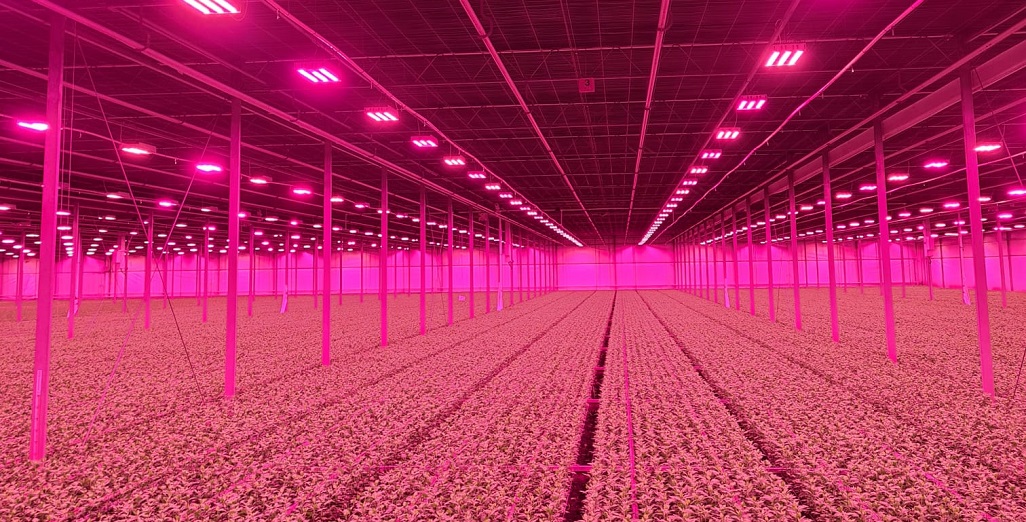
Integration of Philips GrowWise control system with climate computer allows Huisman Chrysanten to light more effectively and efficiently
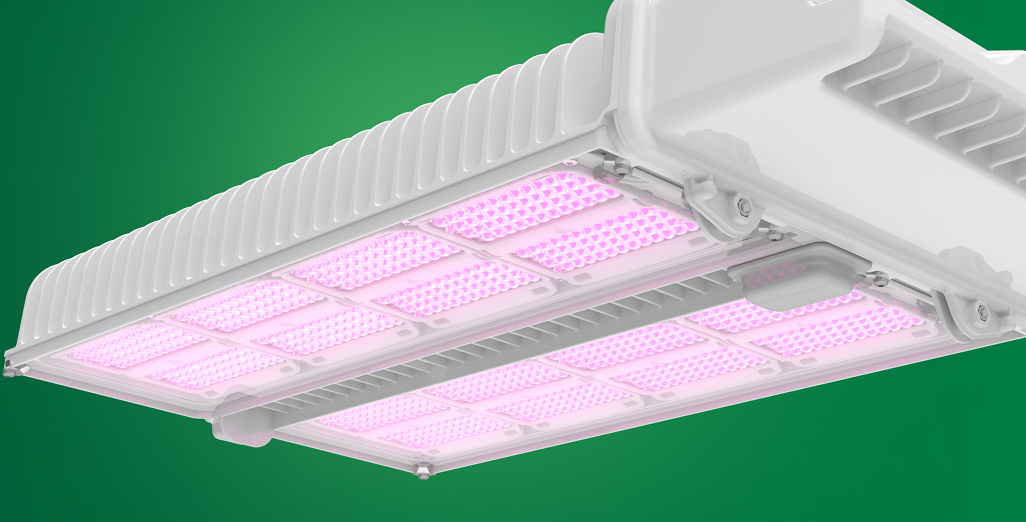
New Philips GreenPower LED toplighting force 2.0

Condensation re-visited
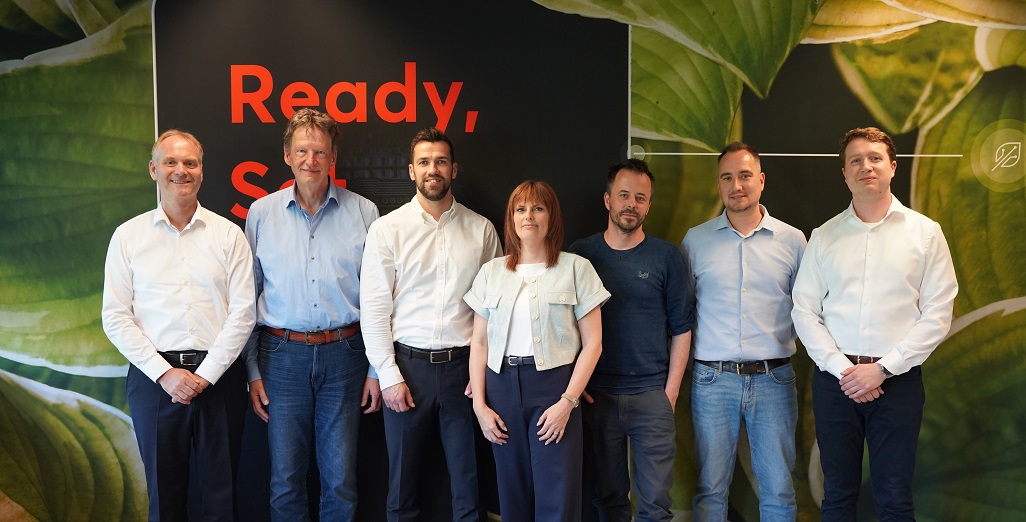
Philips GrowWise Research Center to test and showcase intelligent lighting
